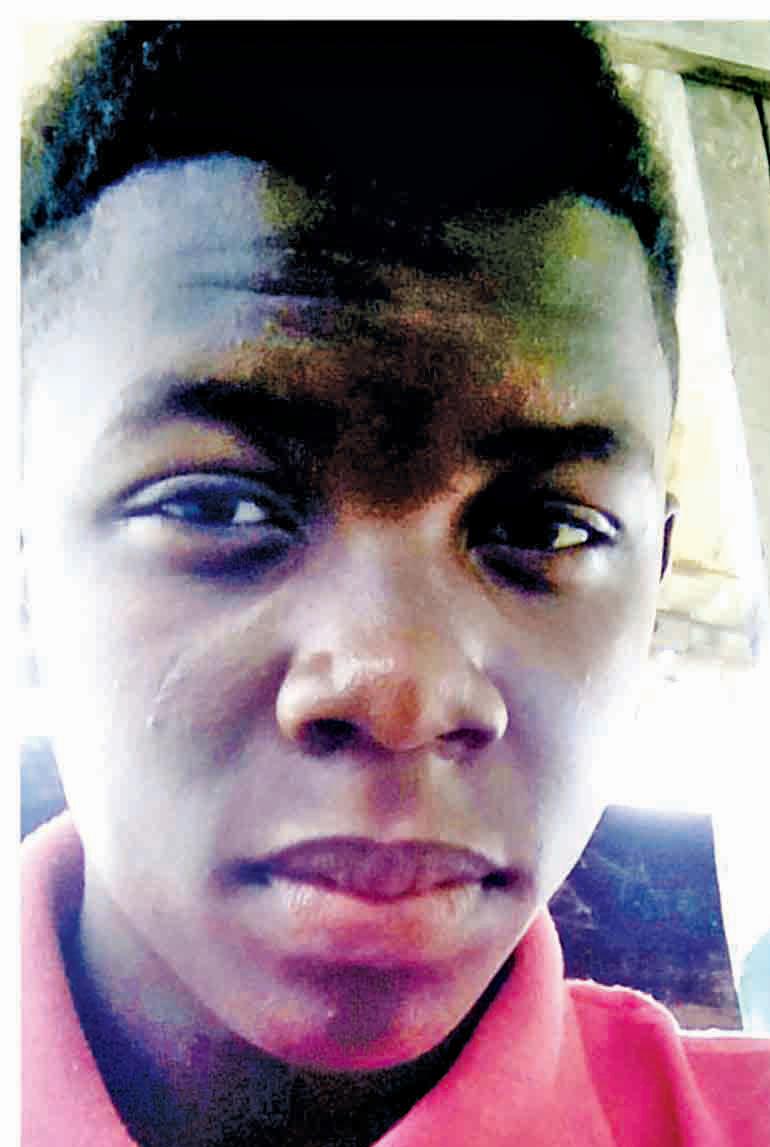
4 minute read
Practise using the with the map
6TUESDAY, SEPTEMBER 15, 2020 Page Foundation
SUMMER OF LEARNING ◄ Æsop’s Fables
FOR CHILDREN
To divide a whole number by a fraction, you have to remember that a reciprocal is a fraction turned upside-down. For example, 3/7 is the reciprocal of 7/3 , and 7/3 is the reciprocal of 3/7 . To divide a whole number by a fraction, multiply the whole number by the reciprocal of the fraction.
Example: Divide: 2 ÷ 3/8 Step 1 : Find the reciprocal of the fraction. The reciprocal of 3/8 is 8/3 . Step 2: Multiply the whole number by the fraction’s reciprocal.2 x 8/3 = 16/3.
Remember
A whole number can always be expressed as a fraction, with 1 as the denominator. So 3 = 3/1 . When you divide a fraction by a whole number, you are really multiplying the fraction by the whole number’s reciprocal. So 10/32 ÷ 3 = 10/32 ÷ 3/1 = 10/32 x 1/3 = 10/96. = 10/96 can be reduced to 5/48.
1) 2 ÷ 1/3
Exercises: Multiply 3) 7 ÷ 2/9 5) 6 ÷ 1/12
2) 5 ÷ 1/4 4)12 ÷ 3/8 6) 1/5 ÷ 2
Monday’s answers: 1) 3/9 2) 10/40 3) 1/6 4) 6/64 5) 4/64 6) 1/10 Places in the Park
Explore a map of a park and use map symbols, a map key, and cardinal directions to analyse it.
1. Talk about favourite parks and what students do there
What types of things are in the park? Draw one of the pieces of play equipment where you like to play. We call these drawings of things that are in the real world symbols.
2. Symbols on the map key
The map key tells what the symbols stand for, or represent. Read the words that match the symbols.
3. Practise using the language of location with the map
Look at the map of Post Park and its map key. Point to the symbols one at a time, what do the symbols mean. Do you think this park sells food? What is between the benches? (the fountain). What is near
the food? (slide and trees). What is far from the swing? (the food, the slide). What is next to the fountain? (the benches).

4. Use cardinal directions
Another way to talk about where things are is to use the cardinal directions north, south, east, and west. Imagine taking a walk in this park. Start at the swing. If you walk in the direction of the north arrow, you would be walking north. If you turn left and walk in the direction of the west arrow, you would walk west, and so on. What is south of the slide? (the seesaw). What is east of the swing? (a tree). Is the slide on the east or west side of the park? (west). Is the fountain east or west of the slide? (west).
5. Create a map of your playground or a park
Choose a playground or park nearby and create a map of it with a key on drawing paper. Use at least three symbols in the map key and on the map. Use crayons or coloured pencils for colouring. Add arrows for the cardinal directions. Write five sentences about where things are located in the park, using the words near, far, next to, between, north, south, east, west, and other words that help with describing location. (Adapted from nationalgeographic.org)


Acertain father had a family of sons, who were forever quarrelling among themselves. No words he could say did the least good, so he cast about in his mind for some very striking example that should make them see that discord would lead them to misfortune.
One day when the quarrelling had been much more violent than usual and each of the sons was moping in a surly manner, he asked one of them to bring him a bundle of sticks. Then handing the bundle to each of his sons in turn he told them to try to break it. But although each one tried his best, none was able to do so.
The father then untied the bundle and gave the sticks to his sons to break one by one. This they did very easily.
“My sons,” said the father, “do you not see how certain it is that if you agree with each other and help each other, it will be impossible for your enemies to injure you? But if you are divided among yourselves, you will be no stronger than a single stick in that bundle.”






